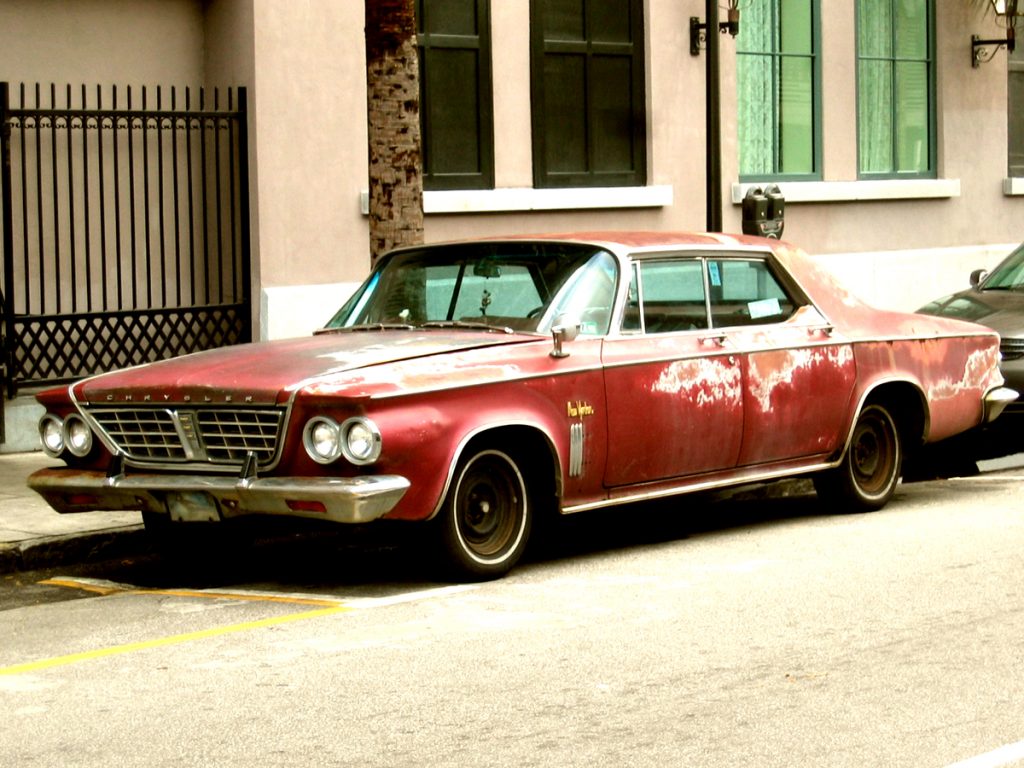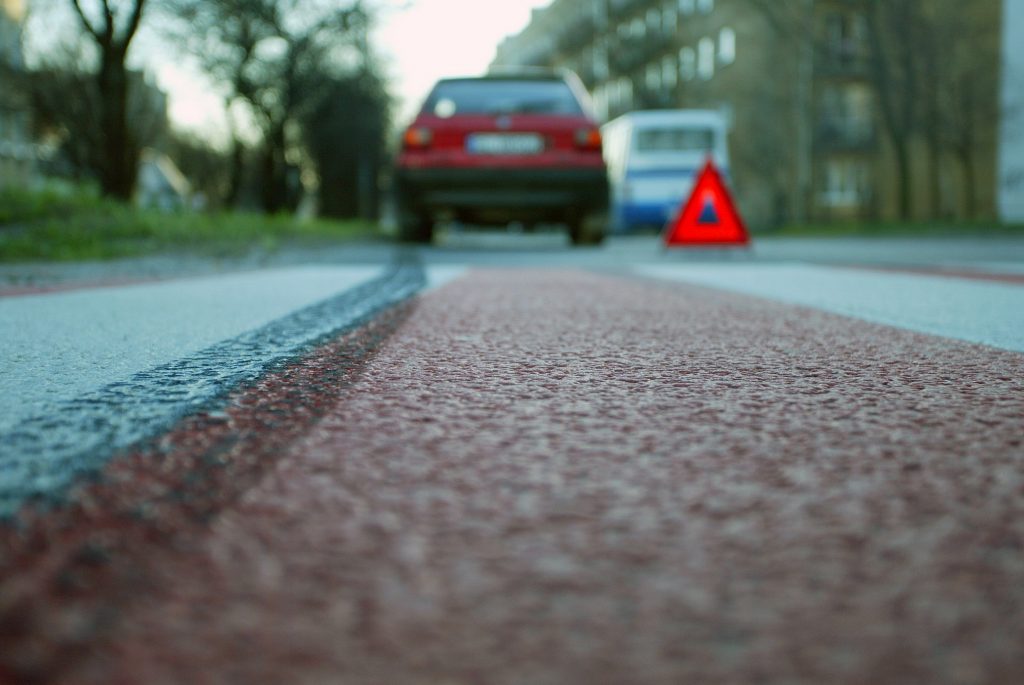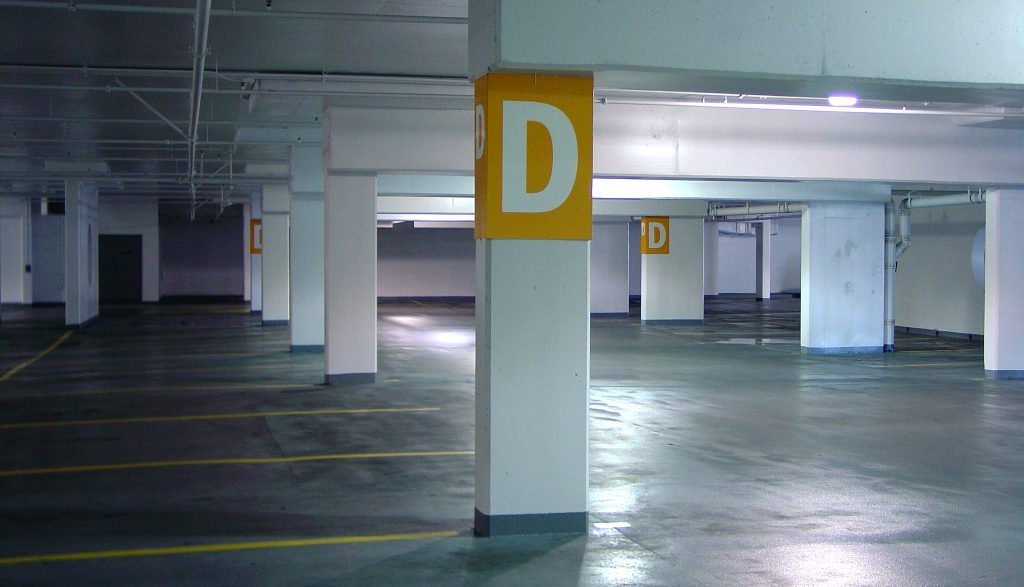 Automobile accidents can be terrifying experiences. Severe automobile accidents that involve injuries can be truly devastating and life altering. In the event one is injured in an automobile accident, he/she has several options available to him/her in obtaining compensation for his/her losses. More specifically, one may have a claim against the other driver(s) who caused the automobile accident or have the ability to bring a claim against the other driver’s insurance company. Depending on the circumstances of the automobile accident, one may also have the ability to bring a claim against his/her own insurance company for compensation.
Automobile accidents can be terrifying experiences. Severe automobile accidents that involve injuries can be truly devastating and life altering. In the event one is injured in an automobile accident, he/she has several options available to him/her in obtaining compensation for his/her losses. More specifically, one may have a claim against the other driver(s) who caused the automobile accident or have the ability to bring a claim against the other driver’s insurance company. Depending on the circumstances of the automobile accident, one may also have the ability to bring a claim against his/her own insurance company for compensation.
An insurance company is required to act in good faith with any individual making a claim, regardless of whether he/she is a policyholder with said insurance company. Generally, an insurance company has acted in bad faith if it fails to fulfill the obligations stipulated in the insurance policy language or if it fails to abide by the laws of the state where the claim has been filed. Some examples of bad faith include but are not limited to: refusing to pay a claim owed; failing to timely pay a claim owed; requiring unreasonable unnecessary paperwork to process the claim filed; failing to deny a claim within a reasonable amount of time; and failing to explain the reasons(s) for why a claim is denied. Consequently, having a great attorney who is competent in identifying bad faith can assist you pursuing a legal claim against the insurance company for its actions, while also assisting you with the original claim presented to the insurance company for the property damage and bodily injury you suffered in the automobile accident.
The following case out of East Baton Rouge, Louisiana is an example of an insurance company acting in bad faith and being legally penalized for doing so. On May 20, 2010, the plaintiffs, Dedra and Sheddrick Griffin filed a petition for damages against State Farm Mutual Automobile Insurance Company as a result of an automobile accident that occurred on January 13, 2010. On January 13, 2010, Jacob P. Savoy driving a 2001 Mitsubishi Spyder struck Mr. and Mrs. Griffin driving a 2000 Infiniti I30 from behind while traveling eastbound on U.S. Highway 190 in West Baton Rouge, Louisiana. The accident caused extensive property damage and personal injuries to Mr. and Mrs. Griffin. More specifically, Mrs. Griffin, the driver of the Infiniti sustained injuries to her shoulder, neck, and chest wall, in addition to aggravating pre-existing injuries to her neck, back, and legs, while Mr. Griffin sustained injuries to his left knee, chest wall, and back. Mr. and Mrs. Griffin were both treated by Dr. David Wyatt, an orthopedic surgeon. At the time of the accident, Allstate Insurance Company insured Mr. Savoy with liability limits of $10,000.00/$20,000.00, while State Farm insured Mr. and Mrs. Griffin.
 Lawsuits that are rooted in car accidents are typically cut and dry; it is easy to determine the party at fault and to determine the party that should pay for the costs of damage. However, a case arising out of Monroe proves that this is not always the case. This perplexing lawsuit involves a situation in which the at-fault party was not covered under the vehicle’s insurance.
Lawsuits that are rooted in car accidents are typically cut and dry; it is easy to determine the party at fault and to determine the party that should pay for the costs of damage. However, a case arising out of Monroe proves that this is not always the case. This perplexing lawsuit involves a situation in which the at-fault party was not covered under the vehicle’s insurance.  Louisiana Personal Injury Lawyer Blog
Louisiana Personal Injury Lawyer Blog


 It is often the case that although technically legal, certain lawsuits will not be popular amongst the general public because the court’s reasons for its decision just will not make sense at an emotional level. Despite this fact, people should take notice of the fact that courts rule based on what the law deems to be just and fair. This sort of a fact may only be small comfort to the Toups, who lost their son and want the party or parties responsible to be held accountable for the loss they suffered.
It is often the case that although technically legal, certain lawsuits will not be popular amongst the general public because the court’s reasons for its decision just will not make sense at an emotional level. Despite this fact, people should take notice of the fact that courts rule based on what the law deems to be just and fair. This sort of a fact may only be small comfort to the Toups, who lost their son and want the party or parties responsible to be held accountable for the loss they suffered.  Do you remember how it felt to get your driver’s license? Perhaps there was a sense of freedom, invincibility, or just sheer excitement. Imagine, or think back to your own memories of, that feeling’s abrupt end — your first car accident. Such was the experience of one teenager in Monroe, Louisiana.
Do you remember how it felt to get your driver’s license? Perhaps there was a sense of freedom, invincibility, or just sheer excitement. Imagine, or think back to your own memories of, that feeling’s abrupt end — your first car accident. Such was the experience of one teenager in Monroe, Louisiana.  When multiple auto insurance policies are involved after an auto accident it may be difficult to tell which one is controlling. When a mother’s car broke down she borrowed a car from a friend to take her children to daycare. While on the way to drop her kids off she accidentally rear-ended the car of another driver on Highway 139 in Ouachita Parish, Louisiana. When the time came to determine whose car insurance was controlling a lawsuit was filed to resolve this question.
When multiple auto insurance policies are involved after an auto accident it may be difficult to tell which one is controlling. When a mother’s car broke down she borrowed a car from a friend to take her children to daycare. While on the way to drop her kids off she accidentally rear-ended the car of another driver on Highway 139 in Ouachita Parish, Louisiana. When the time came to determine whose car insurance was controlling a lawsuit was filed to resolve this question. When a driver is rear-ended, there is generally a presumption the rear driver is negligent. This is based on the principle that the following driver must maintain a prudent distance from the vehicle in front of them and concentrate on their speed as well as the traffic and general condition of the roadway.
When a driver is rear-ended, there is generally a presumption the rear driver is negligent. This is based on the principle that the following driver must maintain a prudent distance from the vehicle in front of them and concentrate on their speed as well as the traffic and general condition of the roadway.  Imagine going for a horseback ride to clear your head and take a time-out from the hectic everyday happenings of life. Now imagine that the relaxing ride comes abruptly to an end when both you and the horse are involved in a collision with an automobile. A similar situation occurred on Hano Road in Tangipahoa Parish, Louisiana when Taresa Graves and her horse were hit by a car driven by Andre Freeman. Aside from the injuries suffered during the accident, the real headache began for Ms. Graves once the trial began out of a lawsuit she filed against both Mr. Freeman and Safeway Insurance of Louisiana, the company having previously insured the car that Mr. Freeman was driving.
Imagine going for a horseback ride to clear your head and take a time-out from the hectic everyday happenings of life. Now imagine that the relaxing ride comes abruptly to an end when both you and the horse are involved in a collision with an automobile. A similar situation occurred on Hano Road in Tangipahoa Parish, Louisiana when Taresa Graves and her horse were hit by a car driven by Andre Freeman. Aside from the injuries suffered during the accident, the real headache began for Ms. Graves once the trial began out of a lawsuit she filed against both Mr. Freeman and Safeway Insurance of Louisiana, the company having previously insured the car that Mr. Freeman was driving.  We’ve all been in the situation where we’re sitting at a red light or approaching an intersection and all of a sudden we hear sirens and see flashing lights. Everyone knows to stop and yield to the oncoming ambulance. Sometimes, however, a driver might not yield for whatever reason. This is exactly what happened in this case, which involves an EMT who was injured on the job while riding in an ambulance.
We’ve all been in the situation where we’re sitting at a red light or approaching an intersection and all of a sudden we hear sirens and see flashing lights. Everyone knows to stop and yield to the oncoming ambulance. Sometimes, however, a driver might not yield for whatever reason. This is exactly what happened in this case, which involves an EMT who was injured on the job while riding in an ambulance. Automobile accidents can be terrifying experiences.
Automobile accidents can be terrifying experiences. After someone has been through six, separate car accidents, it might be difficult to keep track of which injuries and treating physicians stemmed from which accident. Nevertheless, if you find yourself before a court you must present a detailed and accurate record of everything. The following case, in which one Baton Rouge woman claimed that the Trial Court considered the wrong evidence in deciding her case, illustrates this point.
After someone has been through six, separate car accidents, it might be difficult to keep track of which injuries and treating physicians stemmed from which accident. Nevertheless, if you find yourself before a court you must present a detailed and accurate record of everything. The following case, in which one Baton Rouge woman claimed that the Trial Court considered the wrong evidence in deciding her case, illustrates this point. Parents love their children very much. It is always a difficult experience to involve a child in a lawsuit. Such an emotionally difficult experience can be soothed by having the best attorney possible. Losing a lawsuit on behalf of one’s child is a traumatic experience, especially after an accident. This is exactly what happened in a recent case of the Louisiana First Circuit Court of Appeal.
Parents love their children very much. It is always a difficult experience to involve a child in a lawsuit. Such an emotionally difficult experience can be soothed by having the best attorney possible. Losing a lawsuit on behalf of one’s child is a traumatic experience, especially after an accident. This is exactly what happened in a recent case of the Louisiana First Circuit Court of Appeal.